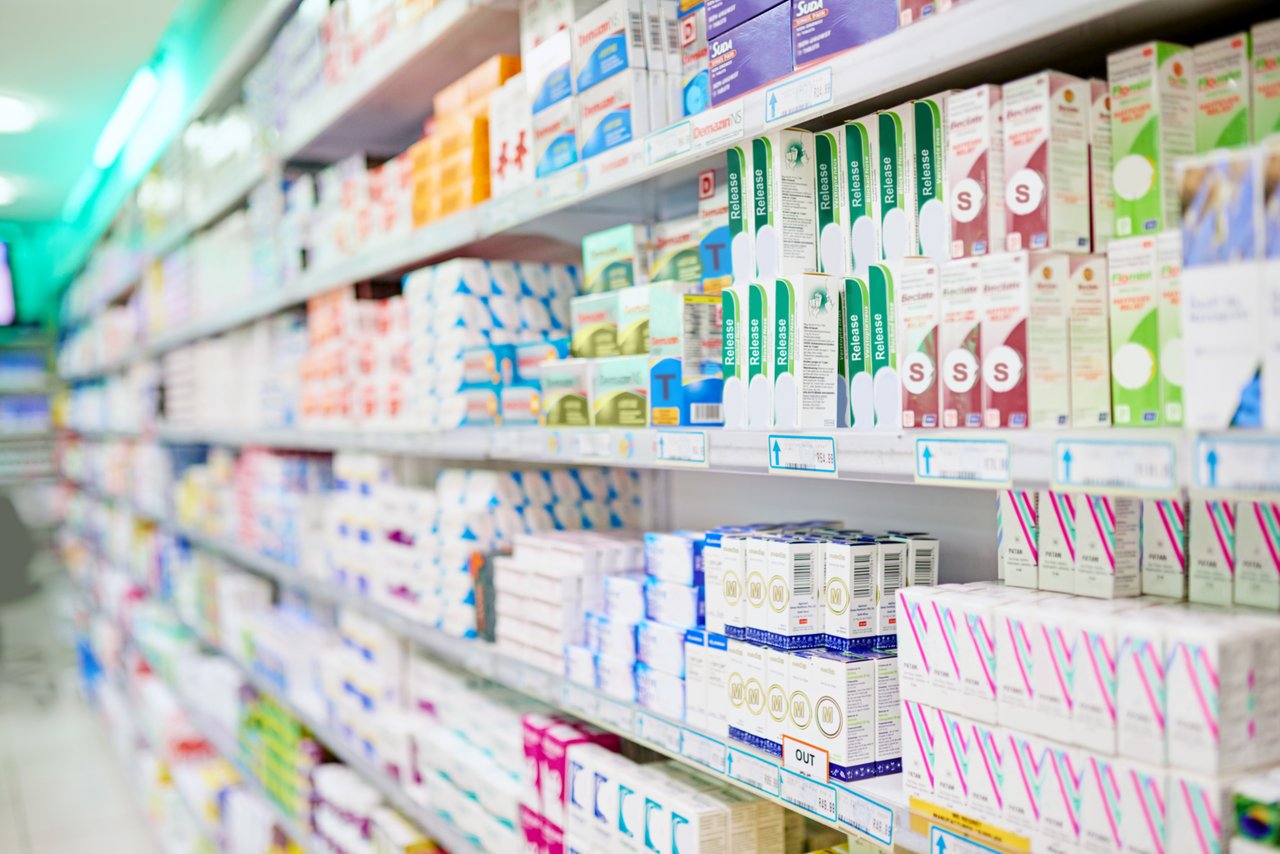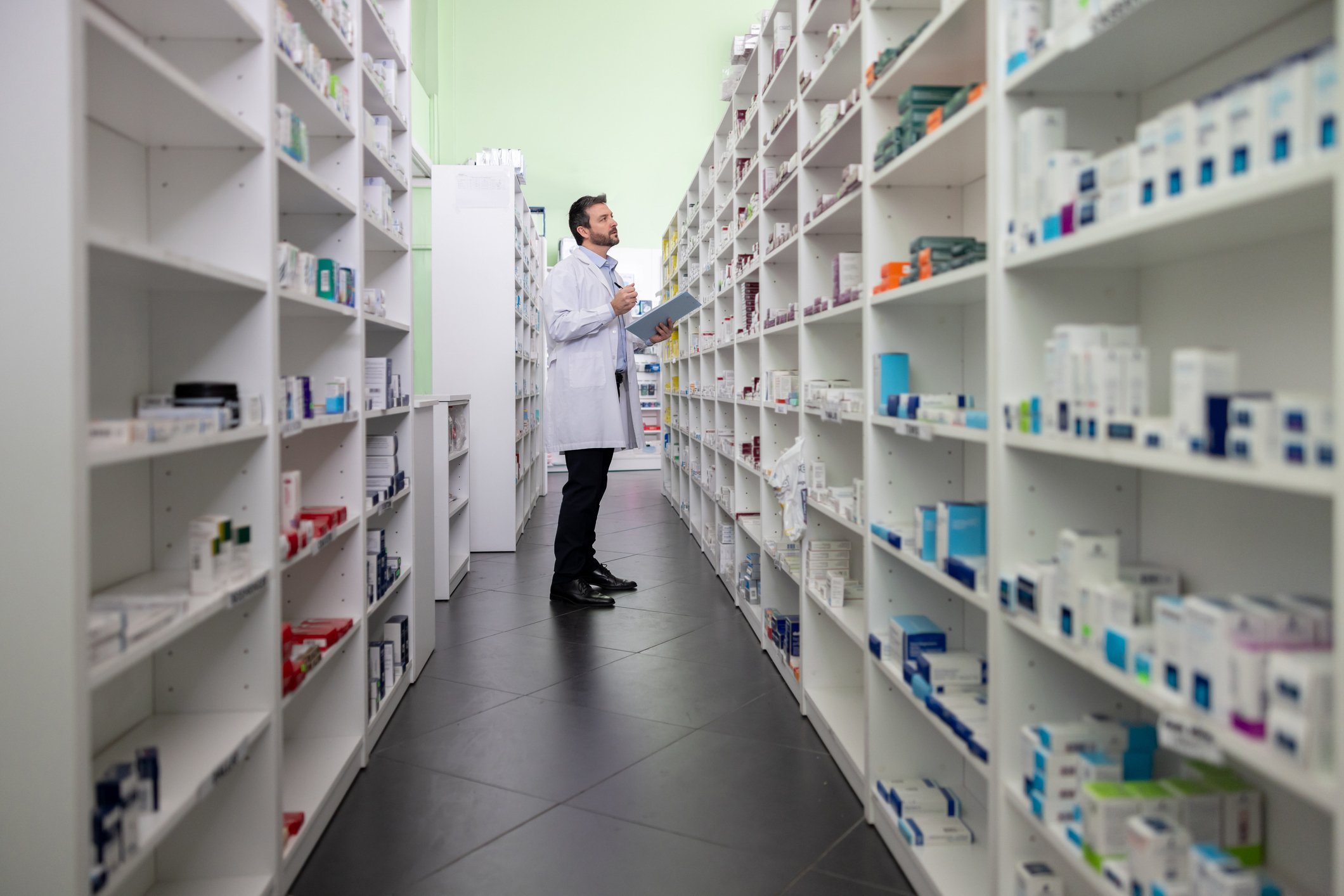Understanding AWP and Your Pharmacy’s Drug Blend

If you're a pharmacy owner in today’s marketplace, you’ve likely felt the pinch—dispensing more but earning less, navigating opaque reimbursement reason codes, and struggling to predict cash flow with any confidence. It felt like a win to have DIR’s go away, but nothing changed on the bottom line and you’re not sure if there’s a way to keep taking care of your friends and neighbors much longer. At the heart of this uncertainty lies a deeply flawed generic pricing structure, based on a loosely related pricing reference (Average Wholesale Price or AWP), and accompanied by a ‘rule of averages’ governor (Generic Effective Rates or GERs) that can be too easily tampered with.
These two forces silently shape the economics of your business—and if you don't understand how they work together (and sometimes against you), you're playing a high-stakes game with a blindfold on.
In this post we will walk through:
- What AWP and GER really mean in pharmacy contracts
- How they affect your profitability
- What you can do to take back some control
AWP: The "Sticker Price" That Misleads
Let’s begin with the Average Wholesale Price (AWP)—often called the “sticker price” of prescription drugs. It's published by drug pricing compendia like First Databank, Red Book, or Medi-Span and has been a reference point in pharmacy contracts for decades.
But here's the problem: AWP has almost no relation to what you actually pay for generic drugs.
For brand-name drugs, AWP is usually marked up by 15–20% over the wholesale acquisition cost (WAC), but at least it moves predictably.
However, for generic drugs, the gap between AWP and actual cost is wide and wildly inconsistent—often 10x higher than acquisition cost; and other times it’s just the opposite. If the AWP doesn’t get updated for many years while the actual cost increases, the relationship gets inverted resulting in AWP being LESS than the cost of the drug.
Every contract out there today assumes an AWP higher than true cost, and the terms are set as AWP minus a discount to calculate the reimbursement owed on a claim. When the AWP is high, this comes out to an almost-fair way to pay. But like most things, there is a bell curve to the data, and most drugs lie in the middle, with a somewhat predictable AWP-spread.
Question #1: Is there an average fair rate, given an average pharmacy’s drug blend?
Looking at the Index data of fills, acquisition cost of generics lies right around AWP-30%. This was hard to believe at first, and that prompted a lot of double checking and scrubbing of data, but even correcting for likely false drug files, the data still settled in showing net drug costs being about 70% of the dispensed AWP values. It’s risky to write this, as most experts know that that number is not accurate for most of the bell curve. But it is true of the totality, and that raises the question we need to look at next.
Outliers: When AWP is Too High or Too Low
Like all bell curves, there are outliers at either end, and these cause most of the problems we need to be aware of.
Outlier #1, Low-spread generics: If the AWP has fallen behind, not getting updated while the actual acquisition price increases, pharmacies end up in a pinch when reimbursement is based on a discount off from the AWP. For example, if the AWP is only 20% higher than the pharmacy’s cost, then a rate of AWP-80% leaves the pharmacy at a loss.
Outlier #2, High-spread generics: If the AWP is grossly inflated, relative to the net cost, it can result in a huge overpayment on the claim. There usually is a maximum allowable cost (MAC) in place to prevent this, but regardless, these examples have been used to embarrass pharmacy, when it appears they are charging 100x the actual cost of a drug. For a long time, payors have used an algorithm-generated predictive price, combined with data gleaned from MAC-appeals, to dynamically set MAC pricing. IT protects them from overpaying a pharmacy, but that protection doesn’t usually get applied to the insurance plan, who just sees a high drug bill.
Question #2: What is the range of AWP variance in pharmacy fills today?
In the Outcomes Index data, we see generic AWPs range from being less than 0.1% of the cost, to being 625 times the actual cost. On a $10 drug and a rate of AWP-80%, this could mean reimbursement of less than one penny, or more than $1,250.
- Sidebar:
- Tip #1: OTCs are the worst of the low end; if you’re billing a lot of OTCs to insurance, you may want to look into the terms of those agreements.
- Tip #2: Don’t let 340b pricing make it into your drug files: its not accurate, and will make these ratios look very different from reality.
To try to account for outliers, generic effective rates (GER’s) are negotiated into a contract. This is meant to have a smoothing effect, where some claims will be under cost and others will have extra profit to make up for it. Not a bad idea, really.
But GER’s have a way of just forcing retail pharmacies into a bell curve of their own, where some are enjoying higher margin than average, while others are barely staying alive. Unfortunately, it has been coming to light that some of these higher spread claims are being routed to particular pharmacies which not only generates the higher profits for them, but at the same time skews the averages for the remaining pharmacies. For more on that, reach out to me and we can chat about learning resources and advocacy efforts in process right now.
Question #3: Knowing the process, what can I do to be successful?
- Know your numbers, and talk to your wholesaler, as well as your PSAO. I will always advocate for buying the cheapest available item everyday. But when that’s not enough to make ends meet, talking to your supplier will help them understand the pinch. Wholesaler and PSAO may not like talking about the topic, but until NADAC receives more widespread adoption, these factors have to be discussed.
- Next, know your system and how it updates these prices. The numbers I shared above are from the Outcomes system, where we know how the AWP and acquisition prices are updated and loaded to maintain accuracy. But I’ve heard of stories where those updates aren’t happening. Make sure your system is accurate; I recommend a full AWP reload monthly, and at least weekly update files being applied.
- Lastly, be involved in demonstrating the value of pharmacy beyond the dispensing. I know you hear it a lot right now, but its true. We will always be involved in a buying and selling of products (prescription drugs). But the value of a pharmacy goes beyond made up numbers that don’t track to true costs. Even aside from all the clinical value a pharmacist provides to their community, a well run pharmacy provides value by maintaining an inventory of products that can be available to members of a community on short notice, along with a very accessible clinician to consult with. Any talk on the changing models in pharmacy still cannot replace this key piece.
At Outcomes, we can help with all of these: helping you know your numbers, providing a system that is updated and accurate, and giving you innovative technology that helps you adapt and demonstrate your value.
As summer will start to wind down, and seasonal immunizations get ramped up, don’t forget to initiate a project around your dispensing analytics from the year. Once your rates are known for the coming year, you will feel more confident knowing what lies ahead, and how to make a gameplan to address it.





